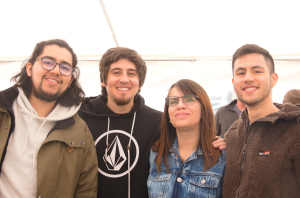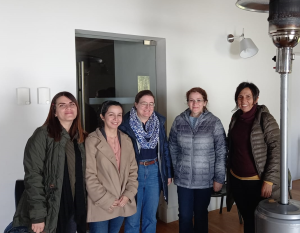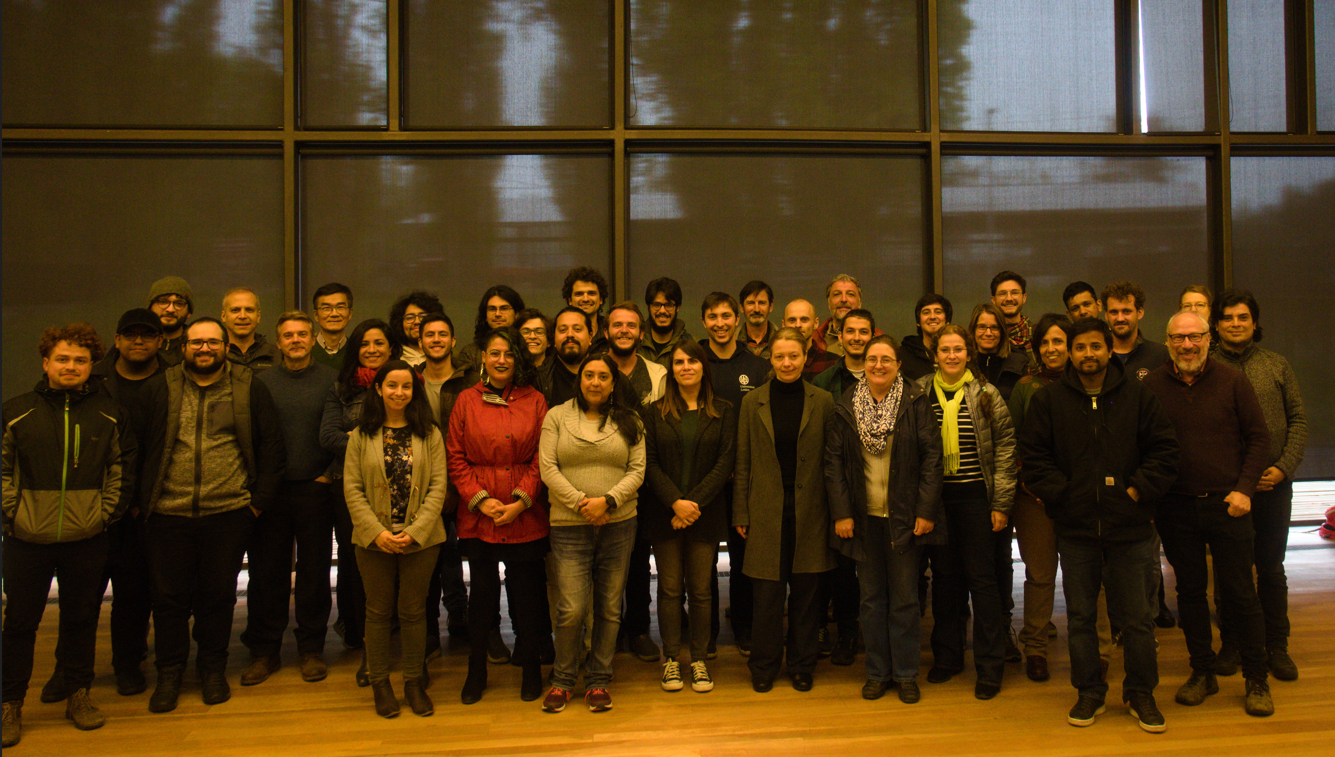- Francisca Guzmán, a DFC academic, who participated in the event along with two undergraduate students, delivers her evaluation of the sessions with students and scientists from around the world.
The Active Matter Physics School and International Conference 2022, held between October 18th and 28th in Coyhaique, Aysén Region, Chile, ended with a positive evaluation of the more than 40 researchers and postgraduate students who participated in both workshops. They highlighted the successful work, collaboration, learning, and extensive scientific debate produced at the meeting.
“My evaluation is very positive. We achieve a very productive workspace between researchers and students. We think many collaborations will emerge from this, besides the strengthening of the existing ones”, said Rodrigo Soto, Director of the Millennium Nucleus Physics of Active Matter, a center of excellence funded by the Millennium Science Initiative (ANID, Ministry of Science, Technology, Knowledge, and Innovation of Chile and organizer of the events.)
The School, which took place between October 18th and 22nd, had 20 postgraduate students from Chile, Argentina, Brazil, Germany, the United Kingdom, and India, who attended theoretical classes and practical workshops held by some of the invited speakers.
Francisca Guzmán Lastra, principal investigator of the Millennium Nucleus, academic in the Department of Physics of the Faculty of Sciences of the Universidad de Chile, and one of the speakers at the event, comments: “It was a tremendous experience for the students to learn from the greatest experts in the field. For example, Olivier Dauchot (ESPCI, France), held a practical workshop with hexbugs, a type of artificial active matter, where the youngsters were able to participate in the dynamics of setting up an experiment, carrying it out, seeing what happens, taking the data and observing physical phenomena. While Juan Keymer (Millennial Nucleus, U. Aysén) and María Luisa Cordero (Millennial Nucleus, DFI, U. de Chile) held a workshop where students and teachers cultivated physarums, a living organism that moves intelligently through different obstacles, to observe the intelligent active matter in action.”
Guzmán, who invited two of her undergraduate students (DFC-UChile) to both sessions, indicates that carrying out activities like this in Chile, not only positions the Millennium Nucleus in the international sphere but, also gives Chilean students the great opportunity to have access to scientists of the highest level. She said: “Being local makes visiting scientists feel more interested in the students from the host country, and that allowed the master’s and doctoral thesis students who attended the conference, to reaffirm their knowledge, resolve doubts, have meetings with experts, and even obtain ideas and advice to advance their work,” she said.
A view shared by the Director of the Millennium Nucleus, Rodrigo Soto: “The students were very enthusiastic about the courses they had the first week, which allowed them to take better advantage of the conference since they already mastered many of the technical aspects. The teachers were also very pleased with the interest and motivation of the students.”
The Conference -which took place between October 24th and 28th- made it possible to learn about the latest work of about twenty researchers in Active Matter from Chile, Argentina, Brazil, France, the United Kingdom, Germany, the Netherlands, the United States, and Spain.
Francisca Guzmán highlights the broad participation of female physicists both in the School and in the Conference, such as Silke Henkes, from the University of Leiden (Netherlands); Cynthia Reichhardt, Los Alamos National Laboratory, USA.; Anke Lidner, from ESPCI, France; Enkeleida Lushi, from the New Jersey Institute of Technology, USA.; Verónica Marconi, from the National University of Córdoba, Argentina; Claudia Trejo, from the Pontificia Universidad Catolica de Valparaíso, Chile and María Luisa Cordero from the Faculty of Physical and Mathematical Sciences of the Universidad de Chile, Chile.
In addition, Guzmán highlighted the importance of having these spaces to exchange data and views with other researchers and generate eventual collaborations. She said: “For example, Silke works with tissues, Cynthia on contagion dynamics and pandemics, while Anke and Enkeleida on the hydrodynamics of complex systems, such as droplets with bacteria, that is the same work María Luisa Cordero, from the Millennium Nucleus, does in her laboratory in the U. de Chile. This conference opens these options for us since several invited researchers knew some of our scientists by name, but now, thanks to this instance, they can put a face to those people, and besides, they were able to know the Nucleus and the work we are doing in Chile.”







